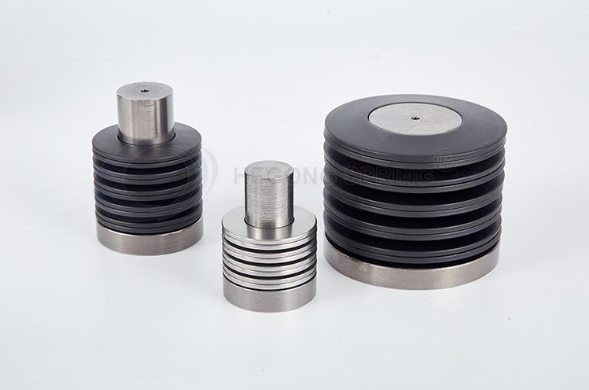When it comes to achieving optimal performance in machinery, the technique of stacking Belleville disc springs plays a crucial role. Understanding the nuances of this method can yield significant benefits in your projects.
Disc springs, also known as Belleville washers, are conical-shaped components designed to provide flexibility and durability under load. Their unique shape allows them to compress and expand, making them ideal for a variety of applications.
To effectively  and achieve the desired spring constant and load capacity, follow these essential steps:
and achieve the desired spring constant and load capacity, follow these essential steps:
Choosing the appropriate disc springs is vital. Factors such as diameter, thickness, and material must align with your specific application requirements.
Decide on the arrangement of the springs. They can be stacked in series or parallel, each yielding different performance characteristics. It is essential to consider the intended use to ensure the best configuration.
Alignment is key in stacking disc springs. Misalignment can lead to uneven load distribution, potentially compromising performance. Care should be taken to stack them uniformly for optimal results.
During installation, maintain a consistent compression level. This ensures the springs function harmoniously together, enhancing their collective strength and reliability.
In summary, mastering the technique of stacking disc springs can enhance the functionality of your machinery significantly. By following the steps outlined, you can create a robust spring system that meets your engineering needs.

Comments
0